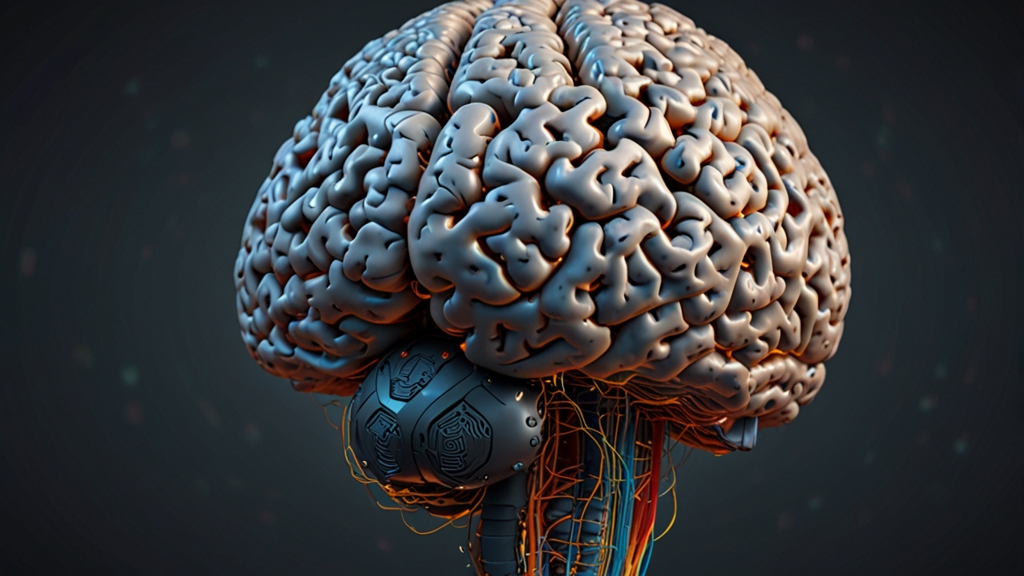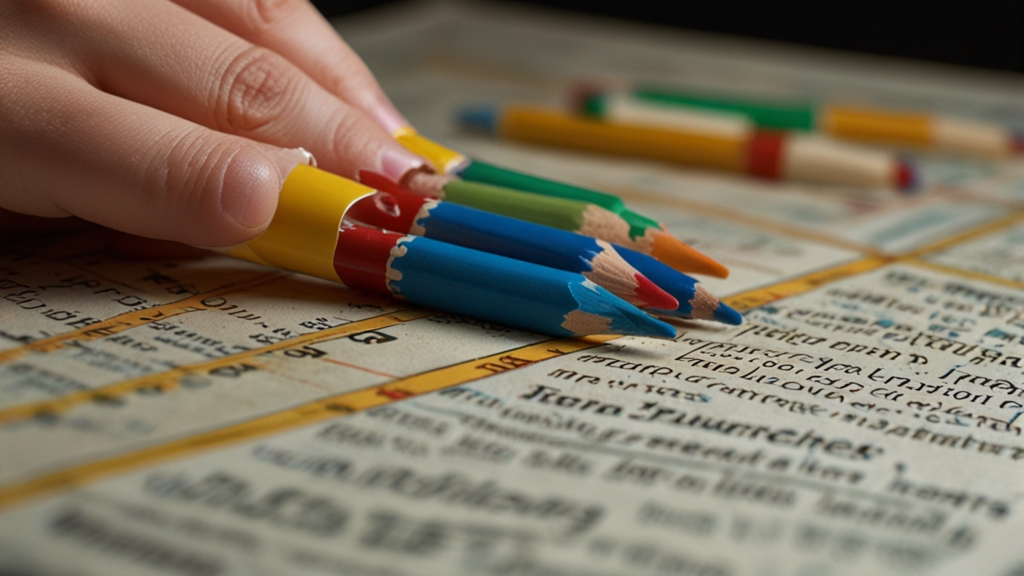Game-Changers in Education Tools That Make Learning Fun and Effective
In recent years, the landscape of education has undergone a significant transformation. This change can be attributed to the advent of innovative tools and technologies that have revolutionized the traditional classroom setup. These game-changers in education not only make learning fun but also improve its effectiveness. Let's explore some of the key tools making a substantial impact in the educational sphere.
Interactive Whiteboards
Interactive whiteboards are rapidly replacing conventional chalkboards and whiteboards in classrooms around the world. These digital boards enable teachers to create dynamic lessons that include text, images, videos, and interactive elements. This multi-faceted approach keeps students engaged and caters to different learning styles. The touchscreen capabilities of interactive whiteboards make them highly interactive, encouraging student participation and collaboration.
"The use of interactive whiteboards in classrooms has the power to turn traditional lectures into engaging learning experiences. Teachers can bring concepts to life by incorporating multimedia and interactive components, which enhances students' understanding and retention." – John Doe, Education Specialist
Gamification
Gamification involves integrating game elements into the learning process to motivate and engage students. Educational platforms like Kahoot!, Quizlet, and Classcraft incorporate game mechanics such as points, leaderboards, and challenges to make learning more enjoyable. By turning lessons into games, students are more likely to participate actively and retain information better. This approach also fosters a sense of competition and accomplishment, encouraging students to strive for improvement.
Adaptive Learning Systems
Adaptive learning systems use advanced algorithms and data analytics to tailor educational content to the individual needs of each student. These systems continuously assess a student's performance and adjust the content accordingly, providing personalized learning experiences. Tools like DreamBox and Knewton are pioneers in this field, offering customized lessons that adapt in real-time to a student's learning pace and style.
"Adaptive learning systems are a game-changer in education because they ensure that no student is left behind. By providing personalized learning experiences, these tools cater to the unique needs of each student, maximizing their potential." – Jane Smith, Educational Technologist
Virtual Reality (VR) and Augmented Reality (AR)
Virtual Reality (VR) and Augmented Reality (AR) are transforming the way students learn by providing immersive and interactive experiences. VR can transport students to different historical periods, distant planets, or inside the human body, making abstract concepts tangible. AR, on the other hand, overlays digital information onto the real world, enriching the learning environment with interactive 3D models and simulations. Tools like Google Expeditions and Merge Cube are making it easier for teachers to incorporate VR and AR into their curriculum.
Educational Apps and Games
There is a vast array of educational apps and games available that cater to different subjects, age groups, and skill levels. These apps use engaging narratives, interactive challenges, and instant feedback to make learning enjoyable. For instance, Duolingo gamifies language learning through bite-sized lessons and rewards, while Minecraft: Education Edition leverages the popular game to teach subjects like math, history, and science in a fun and engaging way.
Collaborative Platforms
Collaborative platforms like Google Classroom, Microsoft Teams, and Edmodo have redefined the concept of classroom collaboration. These tools facilitate seamless communication and collaboration among students and teachers, ensuring that learning extends beyond the confines of the classroom. Features like real-time document editing, discussion boards, and virtual classrooms foster a collaborative learning environment, encouraging students to work together on projects and assignments.
"Collaborative platforms are essential in today's educational landscape, especially in the context of remote learning. These tools not only bridge the gap between teachers and students but also promote a collaborative culture that enhances the overall learning experience." – Emily Johnson, Online Learning Advocate
Conclusion
The introduction of these game-changing tools in education has had a profound impact on the way students learn and teachers teach. By making learning fun and effective, these tools are preparing students for the future while fostering a love for knowledge. As technology continues to evolve, we can expect even more innovative solutions that will further enhance the educational experience for students worldwide.






